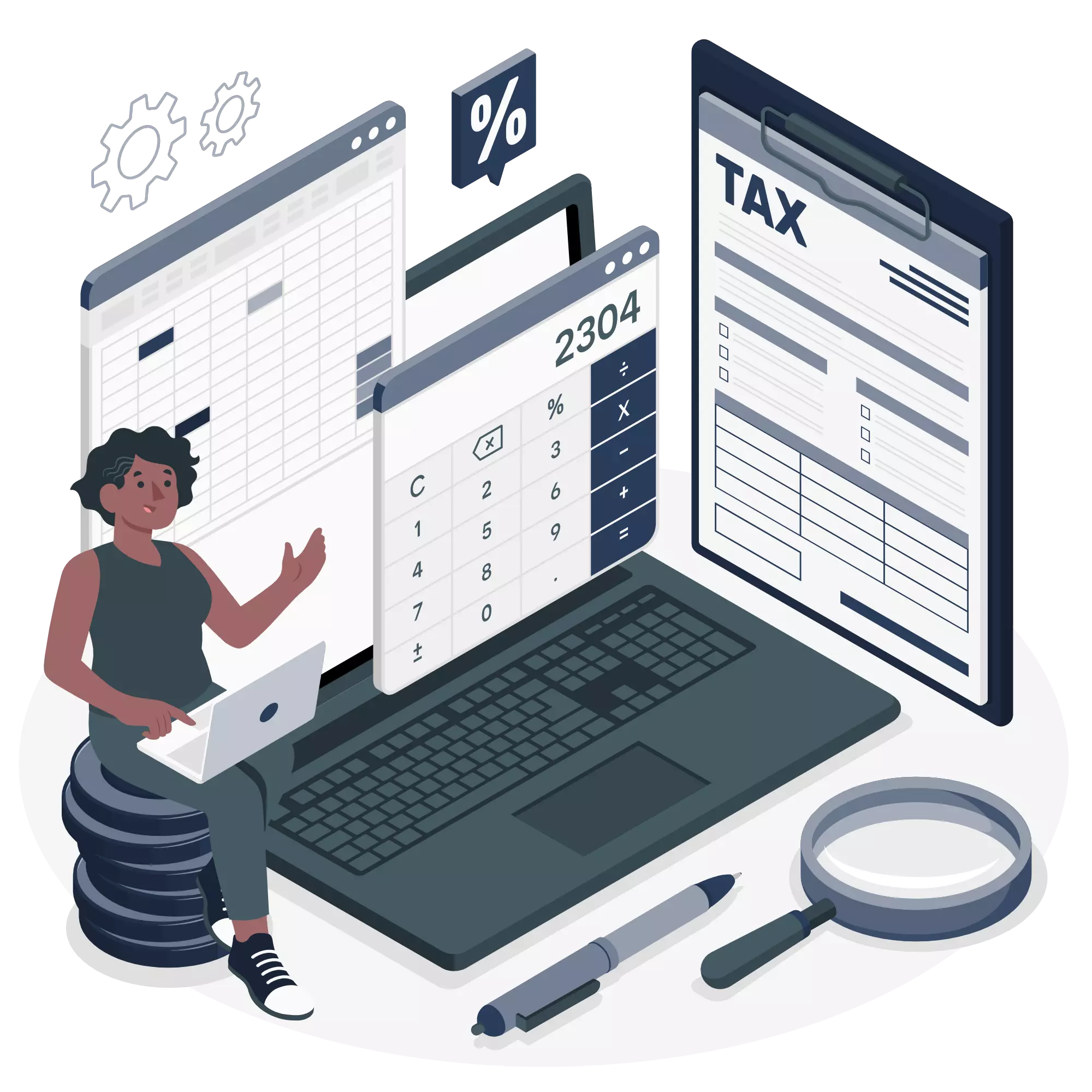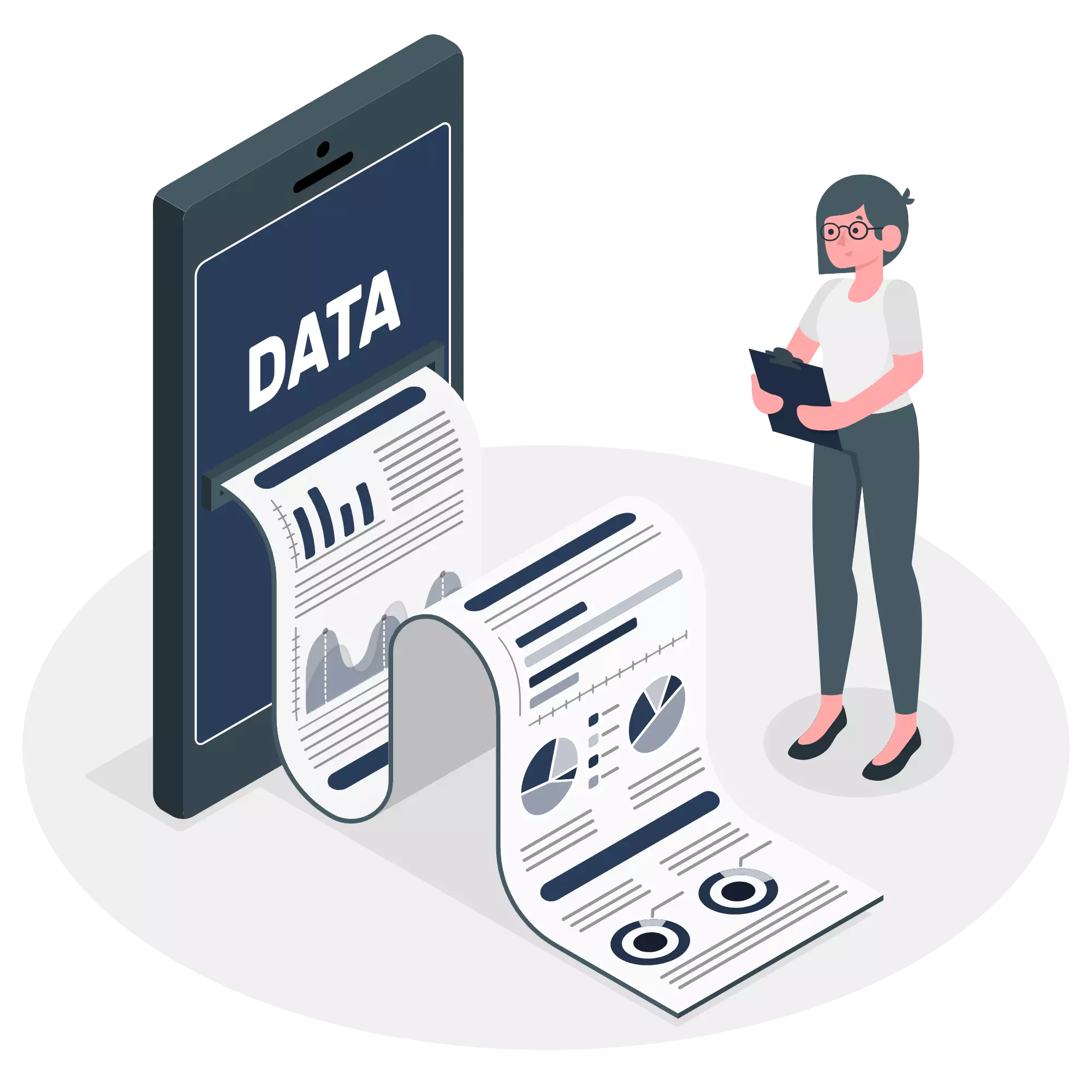Calculating the Sales Forecast: A Practical Approach
The business world is changing rapidly and one of the essential skills to stay competitive is the ability to predict the future. Although we do not have crystal balls, the Sales forecasting is the closest way we have to predicting what the future holds. A multitude of sales forecast calculations exist, let’s see them together.

- Developing an accurate budget : Sales forecasting helps businesses forecast their revenue. This makes budget planning and spending decisions easier.
- Risk reduction : Better visibility of future sales allows businesses to make informed decisions. Risks related to investments, hiring and other strategic decisions are limited.
- Performance Evaluation: By comparing forecasts to actual sales, businesses can measure the effectiveness of their sales teams, strategies and adjust them accordingly.
- Strengthening supplier relations By sharing sales forecasts with suppliers, a company can guarantee better product availability and negotiate better purchasing conditions.
- Adaptation to market developments : Businesses that regularly forecast their sales can quickly detect changes in their customers’ purchasing behaviors. Businesses can adjust their product and service offerings accordingly.
Importance of Calculating Sales Forecast
There are many advantages to calculating the sales forecast:
- Allocate Resources Wisely: By knowing periods of high or low demand in advance, businesses can allocate their resources.
- Effective production planning: By anticipating demand, a company can adjust its production levels to avoid stock-outs and overstocking. To avoid additional costs
- Inventory optimization: Accurate forecasting minimizes storage costs, avoids product obsolescence and reduces losses due to perishable products.

Data needed for calculating the sales forecast
You will need to prepare several data before calculating the sales forecast.
- Sales histories
- Information on market trends
- Analysis of planned marketing and promotional actions
- Any external data (general economy or seasonal trends)
All this data will allow you to obtain precise results when calculating sales forecasts.


Methods for calculating the sales forecast
There are three main calculation methods:
Qualitative methods
- Sales force estimation : Ask your team about expected sales. This will allow you to estimate which products need more stock versus those you sell the least.
- Expert opinion : Consult thought leaders or industry experts for their predictions. They will advise and guide you on the most optimal forecasts for your business.
Quantitative methods
- Moving Average: Calculate the average of sales from previous periods (for example, the last three or twelve months).
- Exponential smoothing: Give more weight to more recent periods by using a smoothing constant.
- Regression analysis: Use statistics to find a relationship between a dependent variable (sales) and one or more independent variables.
Causal method
Analyze the relationships between sales and certain factors such as advertising, demographics, or interest rates.
Social and Environmental Responsibility
When calculating the sales forecast, be careful:
- Don’t rely too much on historical data without taking into account future changes.
- Not to ignore external factors.
- Not to be too optimistic or pessimistic.


Adjustments and updates
Forecasts are not engraved, they evolve over time. Your forecasts today will not necessarily be those of tomorrow.
It is therefore crucial to review them regularly, adjusting them based on new data, market changes and any other relevant information that might be able to help you.
